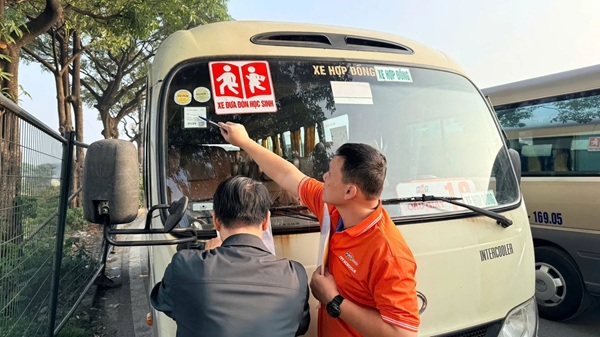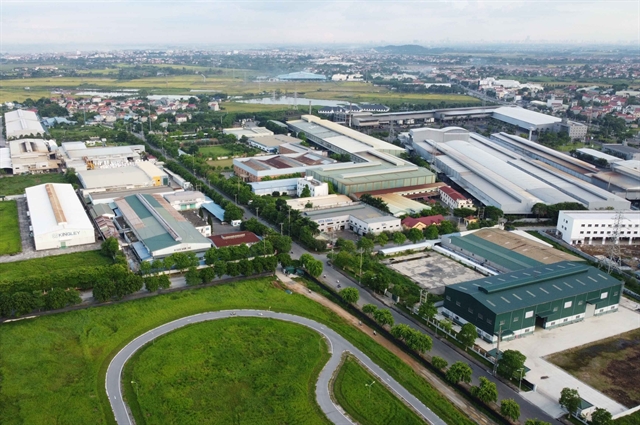 Society
Society

The Directorate for Roads of Việt
 |
| A rough surface seen on Hà Nội’s Thăng Long Bridge. — VNA/VNS Photo |
HÀ NỘI —The Directorate for Roads of Việt
The bridge opened in 1985 after an 11-year construction process with Russian assistance. It crosses the Red River to connect
According to the road directorate, after years in use, the bridge’s stone mastic asphalt was damaged, sliding and cracking, which resulted in the broken surfaces.
The asphalt concrete was found not to stick to the steel concrete below, especially during hash weather conditions like serious heat waves or prolonged rains.
Thus, the directorate has recommended three options for repair. In the first option, all steel concrete on the bridge surface will be reinforced to improve adhesion between the asphalt concrete and the steel concrete.
In the second option, only the asphalt layer will be fixed and nothing will be done with the steel concrete.
The third option suggests welding steel nets on the steel bridge surface and then improving adhesion as in the first option.
The directorate also asked for assistance from Russian companies which helped build the bridge before.
In 2009, authorities spent roughly VNĐ100 billion (US$4.8 million) on resurfacing the bridge. Last year, about VNĐ1.4 billion was spent on fixing the bridge surface and in 2016, maintenance cost over VNĐ1 billion.
Hà Nội’s municipal People’s Committee hesitated to take ownership of the bridge from the Directorate for Roads of Việt